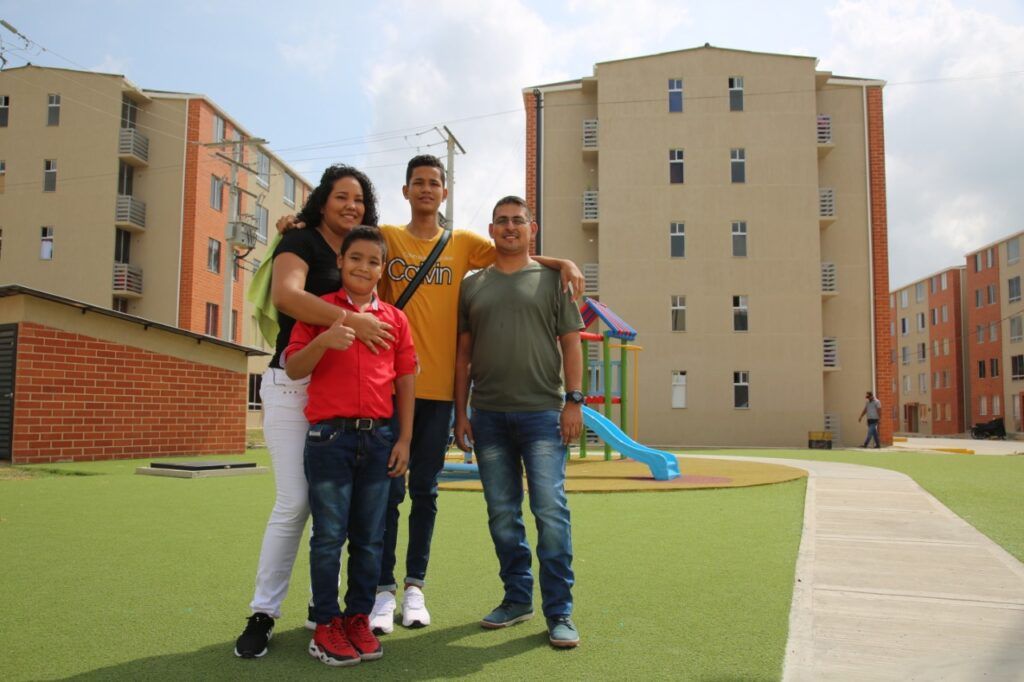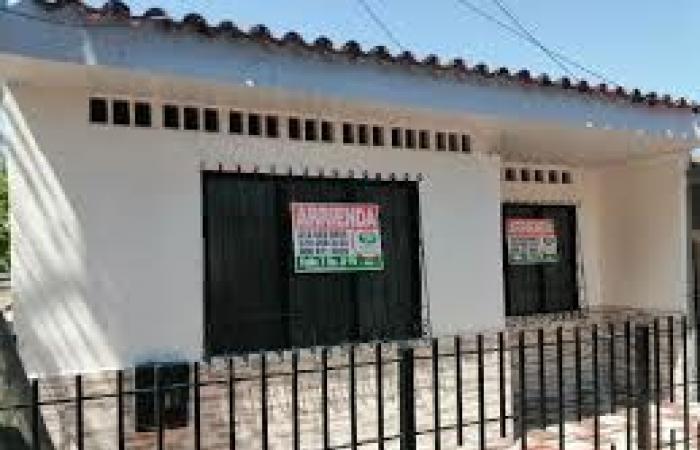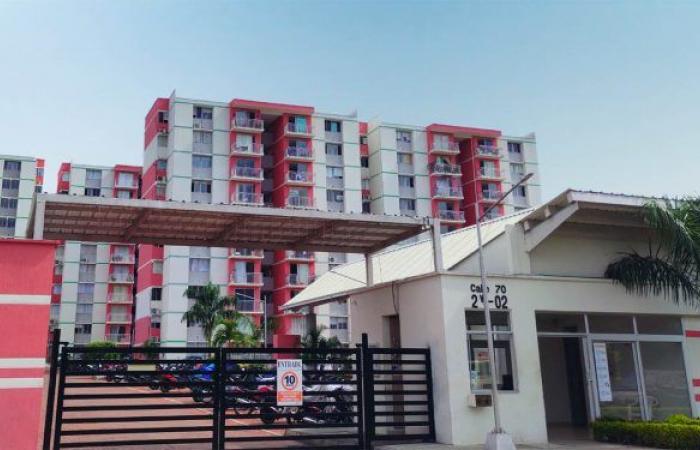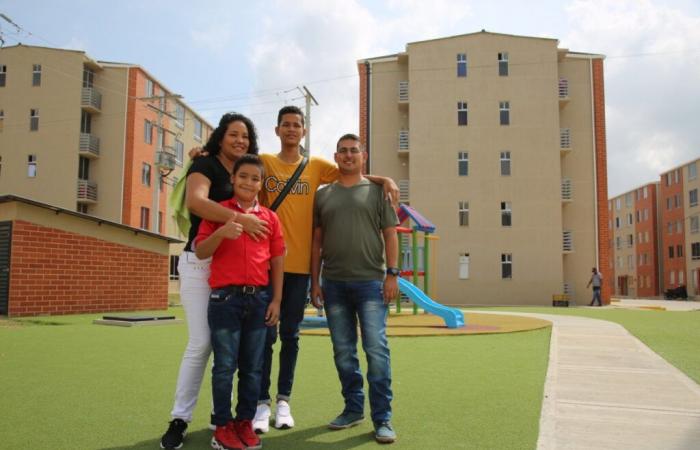Colombia has become the Latin American country with the highest proportion of tenant homes, even surpassing more developed economies in the region. Behind this phenomenon there is a complex network of economic, social and cultural causes that are redefining the traditional dream of their own house.
Huila Diario, Analysis
In Colombia, more than 7.3 million homes currently live in rent. This figure, alone, is already shocking. But when compared to the number of families that inhabit their own housing – there are 7.1 million – the panorama becomes even more revealing. The most recent report Real estate situation BBVA Research has turned on the alarms and puts on the table a trend that structurally transforms the housing model in the country: Colombia is, today, the Latin American country with the greatest proportion of tenants.
While the regional average of households living in rent is at 21 %, in Colombia this rate exceeds 40 %, doubleing countries such as Peru, Paraguay or El Salvador, and surpassing even nations with more developed real estate markets such as Chile and Argentina. Indeed, for every home that lives in lease in Peru, in Colombia there are four. And in front of Chile and Argentina, the proportion is two to four.
But what is behind this transformation? Why Colombians, traditionally associated with the dream of “their own house”, are they opting – or being forced – to rent?
You can read: The three risks of coffee production in Huila
A market in transformation
According to the BBVA report, this change has multiple causes, including the lower supply of used housing, landslings, and deceleration in the construction of new housing. To this is added the increase in lease prices, which has encouraged investment in properties for rent and has reduced the vacancy times of real estate, reflecting greater demand.
Mauricio Hernández-Monsalve, author of the report, summarizes it thus: “The supply of housing has been reduced, which has promoted the rise in the prices of the leases, increasing the profitability of the residential investment for rent. The sales times and rent of used real estate have decreased, reflecting a greater demand in a context of lower construction of new housing”.
In other words, the lease has become a fertile land for investment, especially in large cities. Bogotá, Medellín, Cali and Barranquilla concentrate most of this dynamic. But the phenomenon has also been driven by new forms of housing use.
The rise of tourism and temporary homes
One of the factors that has transformed the lease market most in Colombia has been the exponential growth of tourist homes. Between 2020 and 2024, the number of real estate for short stays – mainly rented through platforms such as Airbnb – went from 10,855 to more than 67,000. This represents an increase of more than 520 % in just four years.
The data is not less: many owners have chosen to stop renting in the long term to migrate to this more profitable business model, which has further reduced the availability of housing for traditional lease. Thus, the rise of tourism has not only redraws the market, but has further increased access to decent housing for millions of families.
Urbanization, migration and new realities
The phenomenon of the lease in Colombia also finds explanation in structural changes such as the growing urbanization. With more and more people migrating from the field to cities in search of employment and opportunities, the pressure on the urban real estate market has intensified.
Mario Ramírez, president of Fedelonjas (Colombian Federation of Root Property Silver), explains: “One of the main motors of this change has been urbanization. With more people migrating from the countryside to the city in search of employment and opportunities, the demand for more flexible housing solutions has increased. The lease is a viable alternative in contexts where the costs of the land and construction make them increasingly difficult to access their own housing.”

In addition, Ramírez adds, the new generations, especially young people, no longer see a priority objective on the property. labor mobility, changes in work models – such as teleworking and hybrid model – and new life forms make rent an attractive option.
-“Generations such as millennials are seeing lease as a viable option not only as a need. Lease remains an attractive and safe model, especially for those who cannot access credit,” says the expert.
The precariousness of tenant households
However, this rise of the lease has not benefited everyone equally. In fact, according to Fedelonjas figures, 88.45 % of households living in Colombia belong to strata 1, 2 and 3. That is, the rental phenomenon is deeply linked to the lack of access to mortgage financing and the housing deficit.
In Colombia, between 2000 and 2025, 9.1 million new homes will have been formed, but 9 million homes will have been built, of which only 5.9 million will be formal. This gap has led millions of people to find informal or temporary solutions, often renting in precarious conditions.
And it is that the rent, in many cases, is not an option but an obligation. The impossibility of accessing mortgage credit, added to economic and labor instability, forces millions of Colombians to postpone – or to renounce – to the goal of their own house.
Changes in family structure
Another silent but crucial factor is the change in household composition. Today, the average of people per home in Colombia is just 2.86. In addition, unipersonal households went from 17.8 % to 19.8 % in just five years, and households without children already exceed 7 million throughout the country.
These types of households tend to prefer smaller housing, of lower cost and greater mobility. And, in many cases, that means living in rent.

Coming?
In spite of everything, the BBVA Research report projects a rebound in the purchase of housing in the coming years. The reduction of interest rates will be a key factor for this change. It is estimated that new housing sales will grow 9 % in 2025 and 11.5 % in 2026, mainly driven by the non -VIS housing segment (social interest housing).
However, VIS housing will face difficulties due to uncertainty about the continuity of government subsidies, which could limit access to their own housing for the most vulnerable sectors.
On the other hand, the multifamily market – projects constructed exclusively for rent – will continue to grow, especially in Bogotá and Medellín. This model, very common in countries like the United States, begins to gain ground in Colombia as a structured response to the demand for rentals and as an attractive field for national and international investors.
A society without property?
The rise of the lease not only reveals a crisis of access to housing, but a deep transformation of social aspirations. The own house, a symbol of stability, success and progress, seems to give ground to a more dynamic model, more uncertain, but also more flexible.
The question that remains is whether this transformation answers only to an economic situation, or if we are facing a long breath cultural change. Is Colombia leaving the ideal of the property behind? Or is it simply that millions of Colombians no longer have another option?
The truth is that the country is at a housing crossroads. And the decisions made today, from public policy and from the private sector, will define whether the lease is a transient stage or the new permanent destination of millions of homes.

You can read: expensive gasoline, subsidized diesel: who is financing who?










